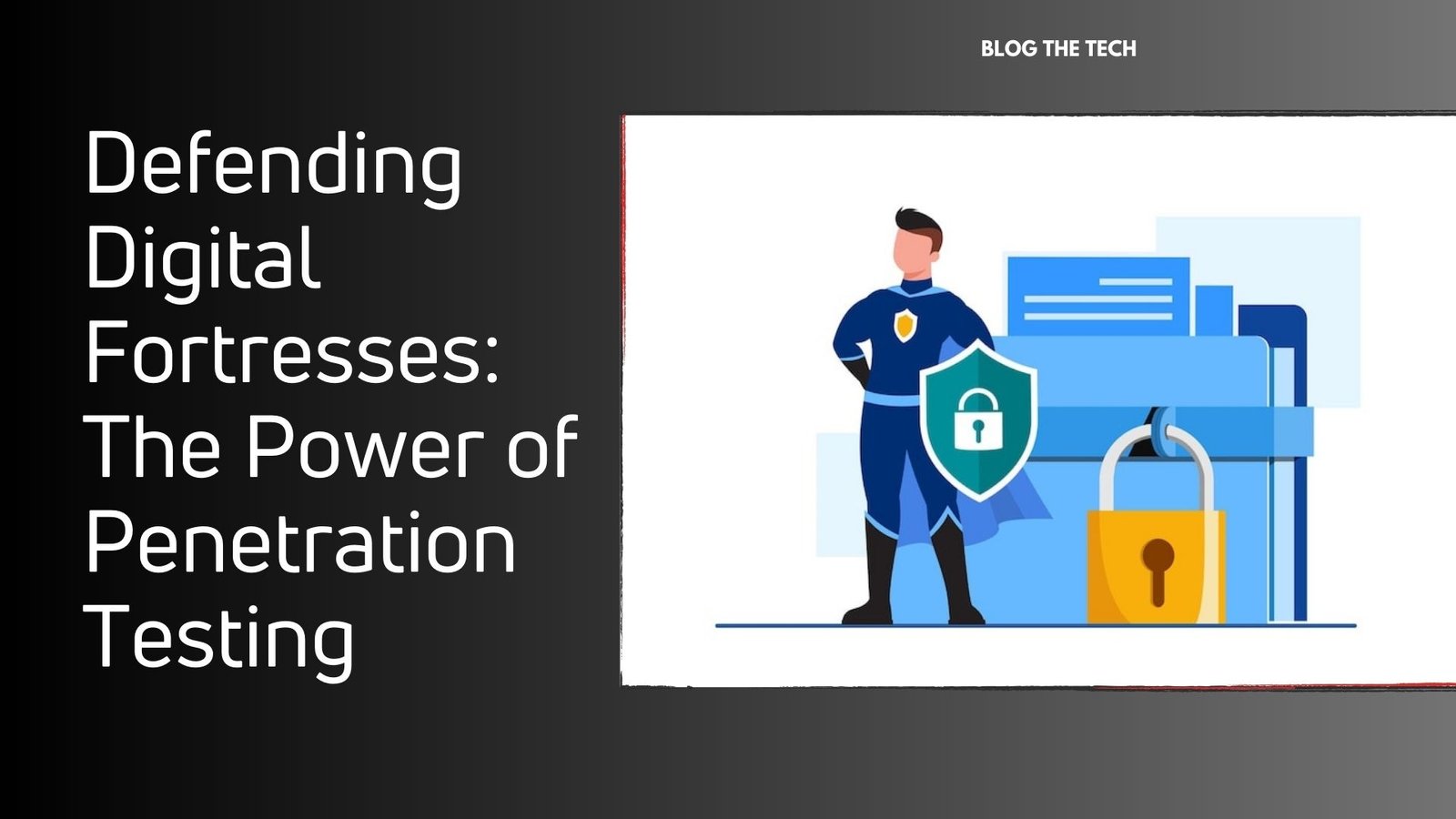As technology continues making huge strides, so do cybersecurity threats businesses and organizations face worldwide. Having an organization anchored in the tech space without a cybersecurity strategy is almost unthinkable.
But as history shows, having a strategy is not enough. The constantly evolving landscape does not allow businesses to loosen their grip on decision-making around cybersecurity.
This article will share six steps you can take to improve your organization’s cybersecurity decisions. Whether you are an individual or a business owner, these will help you safeguard your digital assets and secure sensitive information.
- Understand Risks In Your Immediate Environment
These are always evolving in scope and capability. New threats crop up, some within your business lane and some outside.
To make better cybersecurity decisions, you must first have a clear and unbiased understanding of your organization’s risk profile, including knowing the assets and dependencies you have, the threats present and their impact, and vulnerabilities that attackers could exploit if left unaddressed.
- Invest In Threat Intelligence
Threat intelligence combines data, analytics, and collaboration to let your organization make better decisions about cybersecurity. The most common types of threat intelligence in the cybersecurity sector are strategic, tactical, operational, and technical intelligence.
Strategic intelligence gives your business an overview of the threat landscape, including trends, threat actors, and motivations.
Tactical intelligence informs you about threat actors’ tactics, techniques, and procedures (TTPs). In contrast, operational intelligence gives your organization insights into ongoing or imminent cyberattacks within your business environment.
Lastly, technical intelligence provides your business with detailed information about threats, malware signatures, and vulnerabilities.
Threat intelligence can help your organization identify and mitigate old and new threats before they impact your business. Also, it provides information that can strengthen your overall cybersecurity posture. Such benefits make it a wise addition to your entire infrastructure.
- Establish Clear Cybersecurity Goals
To make better cybersecurity decisions, you must leverage the information you acquire from threat intelligence to form cybersecurity goals that match your organization’s needs, industry requirements, and regulatory compliance.
A clear cybersecurity goal will help you to identify and fix weaknesses in your existing cybersecurity strategy. The success of your decisions depends on the clarity of the ones you set, down to the metrics you will use to measure success.
- Develop A Cybersecurity Strategy
Once you have your goals in place, developing a cybersecurity strategy is the next logical step. It should outline how your organization plans to achieve or improve its cybersecurity goals.

To ensure measurable progress, you need to ensure that your cybersecurity strategy is toe to toe with the goals and objectives you and your team have set. A proper cybersecurity strategy should include a plan for monitoring and detecting the threats you have identified and an incident response plan.
- Know Where To Allocate And Invest
The next step in making better cybersecurity decisions is to allocate the relevant resources and invest in the necessary technologies to implement your strategy.
This step is the most important as the tools you invest in will either bring you success or cause more problems for your business.
Some factors to consider in this stage include your tools’ threat-detection capabilities and ease of use. Also, consider whether they can scale to support your organization’s growth.
Another essential factor to consider when allocating resources is the cost of a cybersecurity tool and whether it fits within your budget.
The tools you invest in depend on the threat level, environment, goals, and strategies. Standard choices include threat intelligence systems, firewalls, intrusion detection systems, encryption, and security information systems. Make sure to stay within your goals and limitations; your progress will dictate when you should make upgrades or replacements as you go.
- Monitor And Adjust Your Cybersecurity Posture
The final step to help you make better cybersecurity decisions is monitoring, reviewing, and adjusting your security program.
At this stage, you must consider what seems to be working and what isn’t by checking it against your goals and objectives. You can then choose whether to adopt a new tool or to tweak what you have to serve you better.
Setting up regular schedules to monitor and evaluate your cybersecurity posture is essential to ensure your organization gets the most from its cybersecurity investments.
Cybersecurity Is Crucial
To make better cybersecurity decisions, you must keep in mind that good cybersecurity practices require observation, planning, preparation, and continual vigilance. It’s all about rinse and repeat.
By incorporating proven methods like threat intelligence, you will find it easier to plan and execute your strategy for your benefit and that of your organization.





